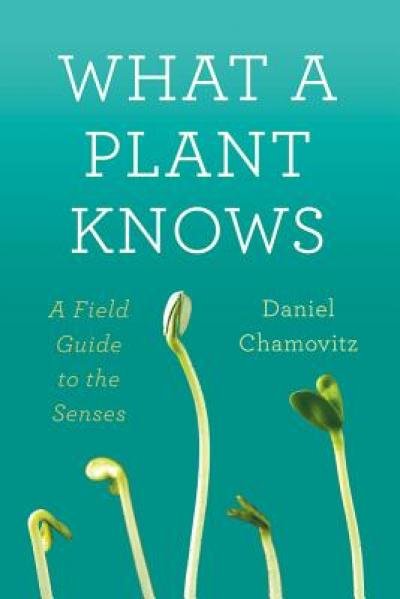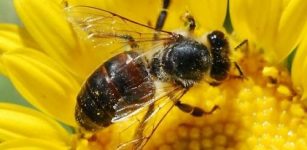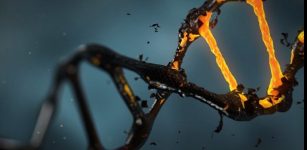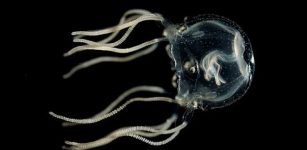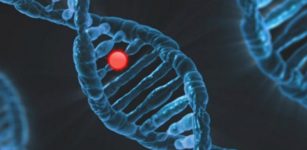Plants May Be Deaf But They Can Feel See Smell And Remember
MessageToEagle.com – Plants have more in common with humans than most people think.
They may be deaf, but they can feel, see, smell and remember, according to plant biologist Daniel Chamovitz, and unlocking the secrets of plant genetics could lead to breakthroughs in cancer research and food security
Increasingly, scientists are uncovering surprising biological connections between humans and other forms of life.
Now a Tel Aviv University researcher has revealed that plant and human biology is much closer than has ever been understood — and the study of these similarities could uncover the biological basis of diseases like cancer as well as other “animal” behaviors.
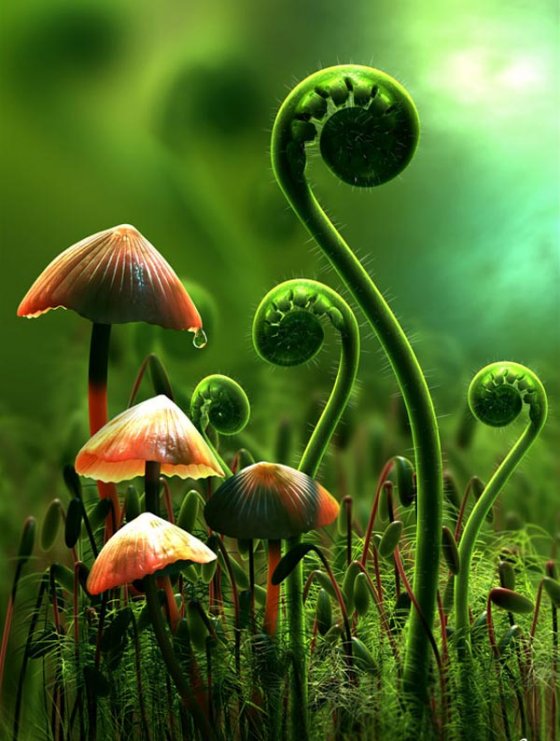
In his new book What a Plant Knows (Farrar, Straus and Giroux) and his articles in Scientific American, Prof. Daniel Chamovitz, Director of TAU’s Manna Center for Plant Biosciences, says that the discovery of similarities between plants and humans is making an impact in the scientific community.
Like humans, Prof. Chamovitz says, plants also have “senses” such as sight, smell, touch, and taste.
Ultimately, he adds, if we share so much of our genetic makeup with plants, we have to reconsider what characterizes us as human.
These findings could prompt scientists to rethink what they know about biology, says Prof. Chamovitz, pointing out that plants serve as an excellent model for experiments on a cellular level.
This research is also crucial to food security, he adds, noting that knowledge about plant genetics and how plants sense and respond to their environment is central to ensuring a sufficient food supply for the growing population — one of the main goals of the Manna Center.
One of the most intriguing discoveries of recent years is that a group of plant genes used to regulate responses to light is also part of the human DNA. These affect responses like the circadian rhythm, the immune system, and cell division.
A plant geneticist, Prof. Chamovitz was researching the way plants react to light when he discovered an group of genes that were responsible for a plant “knowing” whether it was in the light or in the dark.
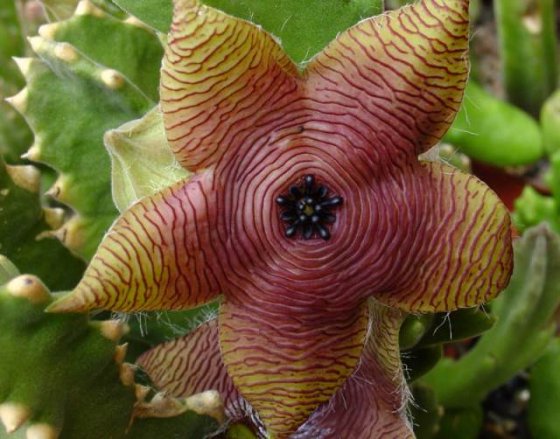
He first believed that these genes were specific to plant life, but was surprised to later identify the same group of genes in humans and animals.
“The same group of proteins that plants use to decide if they are in the light or dark is also used by animals and humans,” Prof. Chamovitz says. “For example, these proteins control two seemingly separate processes. First, they control the circadian rhythm, the biological clock that helps our bodies keep a 24 hour schedule. Second, they control the cell cycle — which means we can learn more about mutations in these genes that lead to cancer.”
See also:
Flower Of Life: Ancient Sacred Geometry Symbol And Blueprint Of The Universe
Fantastic Biological Street Lighting: Using Glowing Plants And Trees As An Energy Source
Amazing Phenomenon Of Singing Plants
In experiments with fruit flies who had a mutated version of one of these genes, Prof. Chamovitz and his fellow researchers observed that the flies not only developed a fly form of leukemia, but also that their circadian rhythm was disrupted, leading to a condition somewhat like permanent jet-lag.
Plants use light as a behavioral signal, letting them know when to open their leaves to gather necessary nutrients. This response to light can be viewed as a rudimentary form of sight, contends Prof. Chamovitz, noting that the plants “see” light signals, including color, direction, and intensity, then integrate this information and decide on a response. And plants do all this without the benefit of a nervous system.
How does a Venus flytrap know when to snap shut? Can it feel an insect’s tiny, spindly legs? And how do cherry blossoms know when to bloom? Can they remember the weather?
For centuries we have marveled at plant diversity and form―from Charles Darwin’s early fascination with stems to Seymour Krelborn’s distorted doting in Little Shop of Horrors.But now, in What a Plant Knows, the renowned biologist Daniel Chamovitz presents an intriguing and scrupulous look at how plants themselves experience the world―from the colors they see to the schedules they keep. Highlighting the latest research in genetics and more, he takes us into the inner lives of plants and draws parallels with the human senses to reveal that we have much more in common with sunflowers and oak trees than we may realize. Chamovitz shows how plants know up from down, how they know when a neighbor has been infested by a group of hungry beetles, and whether they appreciate the Led Zeppelin you’ve been playing for them or if they’re more partial to the melodic riffs of Bach.
Covering touch, sound, smell, sight, and even memory, Chamovitz encourages us to consider whether plants might even be aware.
A rare inside look at what life is really like for the grass we walk on, the flowers we sniff, and the trees we climb, What a Plant Knows offers us a greater understanding of botany and science and our place in nature. Read more
And that’s not the limit of plant “senses.” Plants also demonstrate smell — a ripe fruit releases a “ripening pheromone” in the air, which is detected by unripe fruit and signals them to follow suit — as well as the ability to feel and taste. To some degree, plants also have different forms of “memory,” allowing them to encode, store, and retrieve information.
Beyond the genes that regulate responses to light, plants and humans share a bevy of other proteins and genes — for example, the genes that cause cystic fibrosis and breast cancer.
Plants might not come down with these diseases, but the biological basis is the same, says Prof. Chamovitz. Because of this, plants are an excellent first stop when looking for a biological model, and could replace or at least enhance animal models for human disease in some types of research.
He is working alongside Prof. Yossi Shiloh, Israel Prize winner and incumbent of the David and Inez Myers Chair of Cancer Genetics at Tel Aviv University’s Sackler Faculty of Medicine, to understand how the genes Chamovitz discovered function in protecting human cells from radiation.
MessageToEagle.com

